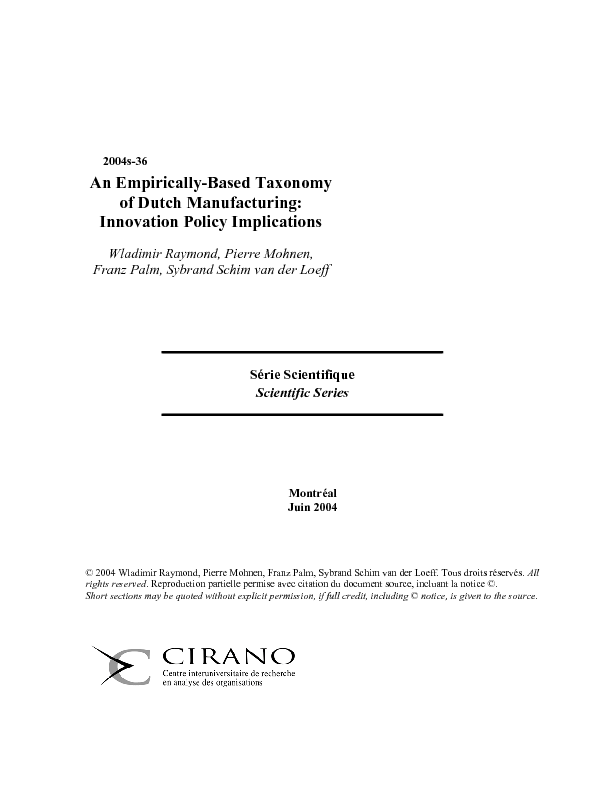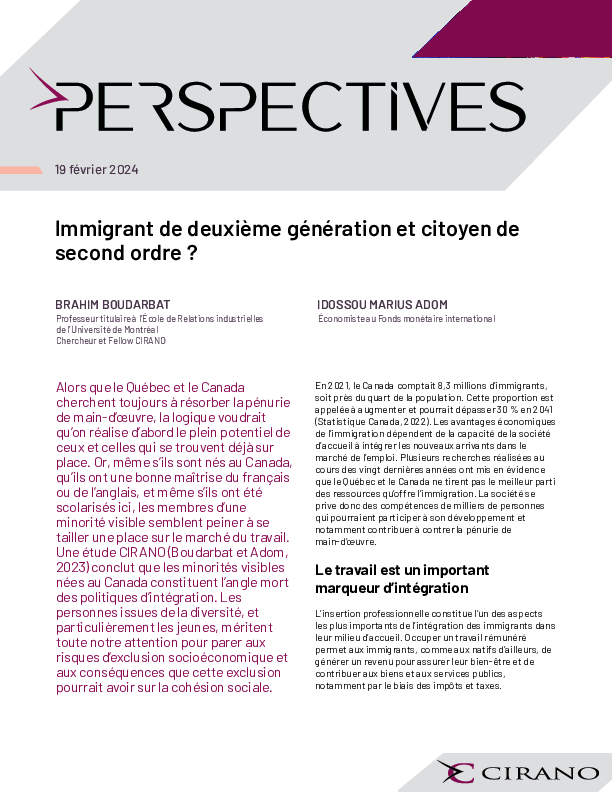An Empirically-Based Taxonomy of Dutch Manufacturing: Innovation Policy Implications
The paper studies the degree of homogeneity of innovative behavior in order to determine empirically an industry classification of Dutch manufacturing that can be used for policy purposes. We use a two-limit tobit model with sample selection, which explains the decisions by business enterprises to innovate and the impact these decisions have on the share of innovative sales. The model is estimated for eleven industries based on the Dutch Standard Industrial Classification (SBI 1993). A likelihood ratio test (LR) is then performed to test for equality of the parameters across industries. We find that Dutch manufacturing consists of three groups of industries in terms of innovative behavior, a high-tech group, a low-tech group and the industry of wood, where firms seem to have a rather different innovative behavior from the remaining industries. The same pattern shows up in the three Dutch Community Innovation Surveys.
[ - ]




